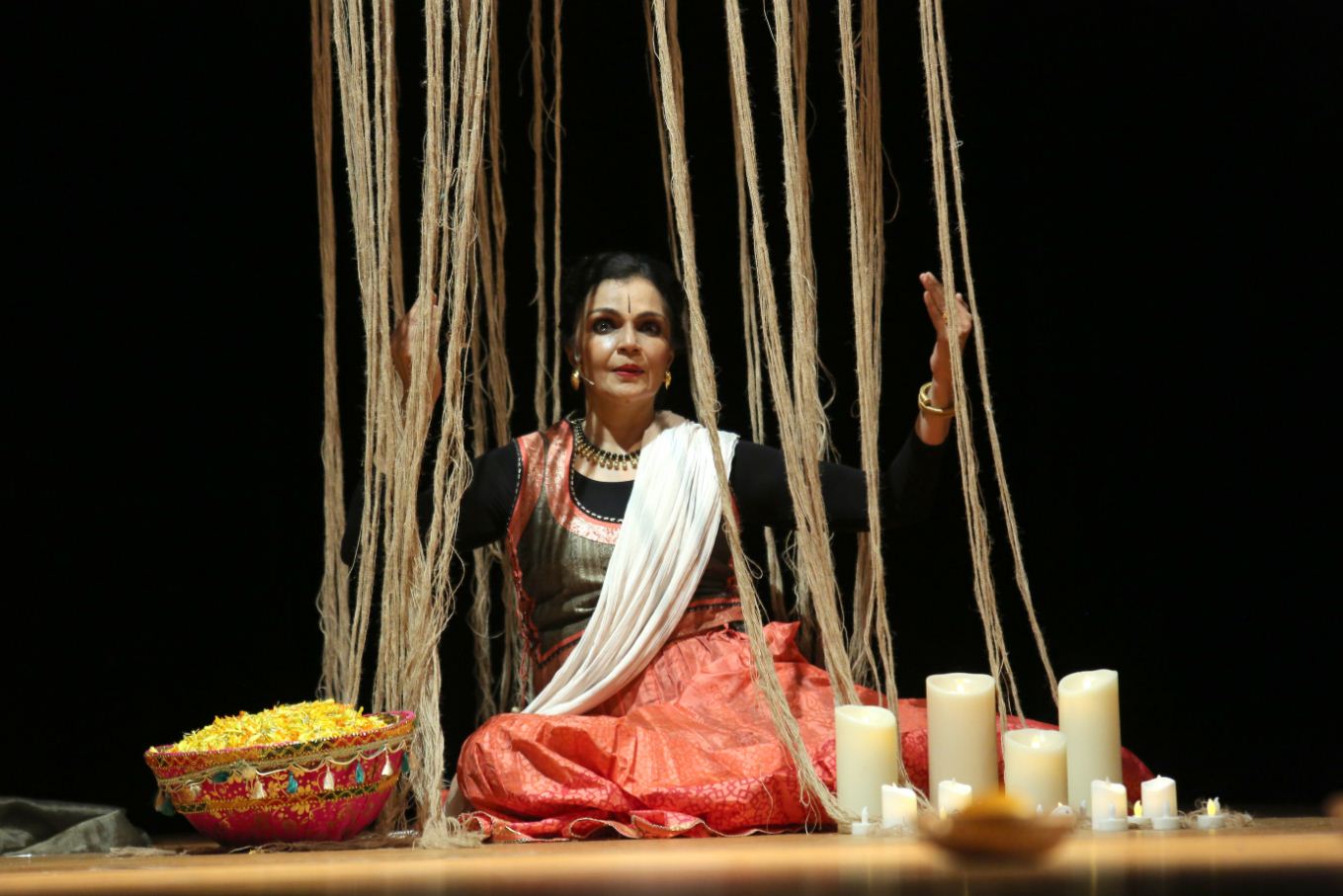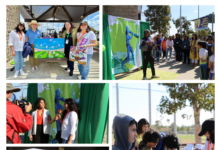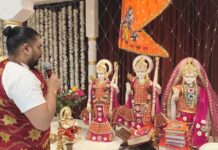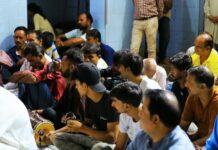ARCHNA ASTHANA
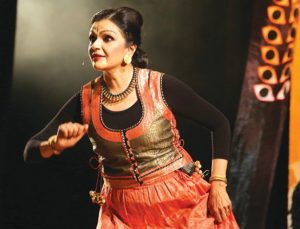 A revered, treasured epic poem, “Ramayana” compellingly retold by Dr. Anita Ratnam through a modern lens transcends from traditional to contemporary, while remaining timeless. Vinita Belani, founder and artistic director of EnActe Arts has a discerning eye when it comes to curating class acts for Bay Area audience and this too was no exception. Co-presented with Indiaspora and Laya Dhwani Academy, Ratnam’s “A Million Sitas”, broke barriers in San Jose this month at the Independence High School theater through thefemale focused perspective, forcing us to delve deeper into the male-centric narrative.
A revered, treasured epic poem, “Ramayana” compellingly retold by Dr. Anita Ratnam through a modern lens transcends from traditional to contemporary, while remaining timeless. Vinita Belani, founder and artistic director of EnActe Arts has a discerning eye when it comes to curating class acts for Bay Area audience and this too was no exception. Co-presented with Indiaspora and Laya Dhwani Academy, Ratnam’s “A Million Sitas”, broke barriers in San Jose this month at the Independence High School theater through thefemale focused perspective, forcing us to delve deeper into the male-centric narrative.
The powerful and aesthetic dance theater seemed like an intimate conversation, where Ratnam recounted universal stories weaving dance, acting, singing, and narration from the lives of Princess Sita (wife and “heartbeat” of Prince Rama), Ahilya (wife of Sage Gautama), Mandodari (wife of Ravana, king of Lanka), Soorpnakha (sister of Ravana), and Manthara (Queen Kaikeyi’s companion and loyal daasi).
The journey from one to another was seamless, accentuated through minimal accessories, clever use of simplistic stage props and “neo classicist” style of dancing. Ratnam soulfully dips, twirls and sways her way through the lives of the flawed female protagonists; in turn meek and docile, fiery and enraged, defeated and betrayed, empowered and determined. Ratnam, in her tongue in cheek style also puts a subtext of insults, accusations and treachery to the traditional blessing of “Sita Kalyanam” for girls at their marriage in her version.
Long flowing diaphanous curtains, cane baskets, lotuses, coat hanger draped with cloaks and capes as props at first seem incongruous, until they come alive when the green glove is donned to depict the frog that was turned into Mandodari; long metallic fingernails befitting the name Soorpnakha; gossamer fabric draped on the beautiful ignored wife Ahilya turning her into stone; and the poignant luminescent sphere for the finale which envelopes and consumes Sita, as she wills her parents, the fire and earth to deliver her from her predicament. 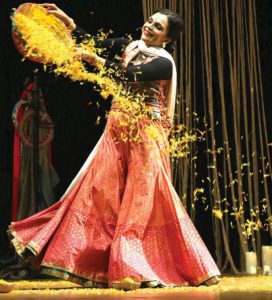
Melodious onstage singing and co-acting by Snigdha Venkataramani, and percussions by Arun Prashant of Laya Dhwani enhanced the visceral appeal of the captivating narration. All three actors exhibited intensity in their art form and melded seamlessly, often interchanging roles from singer to dancer, infusing life into the characters they passionately portrayed. Additional layering emerged in the form of recorded tracks composed by Chennai-based Vedant Bhardwaj.
In a conversation, Ratnam revealed that through a decade of research, her Sita has evolved with each presentation in an effort to capture a slightly different facet of the multi-dimensional women. She emphasized that celebrating the strength of female characters in no way diminishes that of the male hero. However, the women, long misunderstood and undermined, living in the shadow of male dominance must challenge and rewrite the narrative, especially of those from our past who changed the course of destiny. The emotional and intellectual connect that every audience member made was with the power of this form of storytelling, and the prowess of the talented storyteller along with the collective message for feminine Shakti and unity the women’s voices and perspectives bring.

